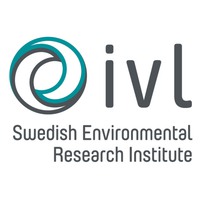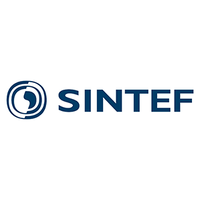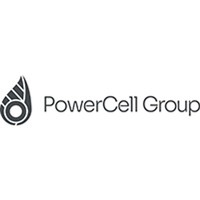HOPE – analyzing hydrogen fuel cells solutions in shipping
Maritime transport is one of the key remaining sectors to decarbonize in the Nordic region. What is the potential role of hydrogen and fuel cell solutions for decarbonizing the Nordic shipping sector?
This Nordic research project analyzes marine hydrogen fuel cells solutions in relation to other low or zero-carbon fuel solutions for regional shipping
The project HOPE (Hydrogen fuel cells solutions in shipping in relation to other low carbon options – a Nordic perspective) includes developing and evaluating a concept design for a vessel for short sea shipping that uses hydrogen as fuel and fuel cells for propulsion. Technical aspects and costs are included, as well as barriers and drivers for the realization of such vessels in the Nordic region and the impact on greenhouse gas emissions and air pollution.
Purpose and targets
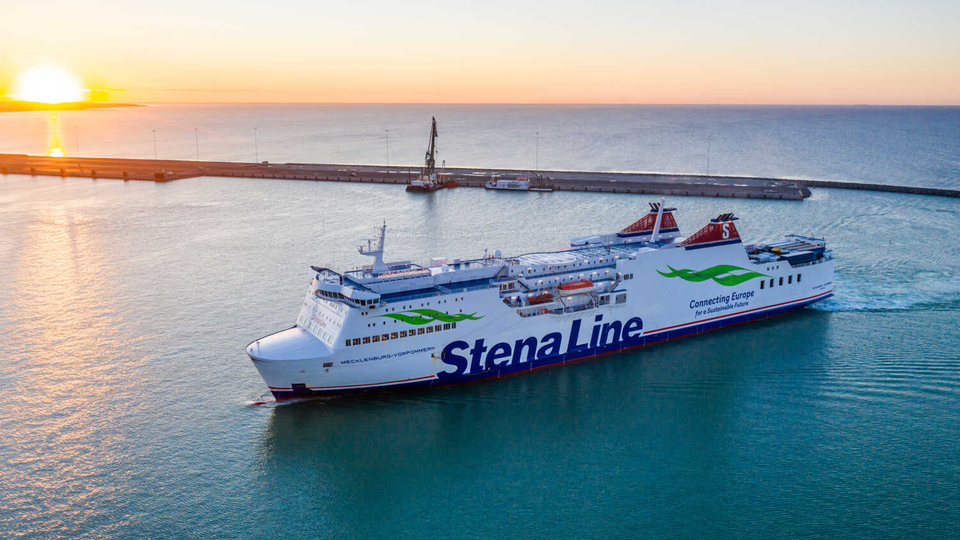
What is the role of hydrogen and fuel cell solutions for decarbonizing the Nordic shipping sector?
The overall aim is to analyse options for CO2 neutral marine fuels and propulsion technologies from a Nordic perspective and to contribute with scientifically based decision support for the choice of low and/or zero-carbon marine fuels to industry, policymakers and other actors in the Nordic region but also globally.
More specifically, the project assesses the potential role of hydrogen and fuel cell solutions for decarbonizing the Nordic shipping sector in relation to other low or zero-carbon fuel solutions. This is done by including technology evaluation and impact assessment covering potential, environmental, economic and policy aspects. The main targets are to:
- Develop and assess a concept design of a ship using hydrogen and fuel cells for propulsion based on a specific case study and compare that with other low-carbon options,
- Perform laboratory tests for evaluating the developed concept design,
- Assess impact and potential uptake in a Nordic perspective including scenarios, costs and emissions, focusing on short-sea shipping between the Nordic countries,
- Assess drivers and barriers for increasing uptake of hydrogen and fuel cells in the Nordic maritime sector and assess policy options for enabling the transition.
Aiming for carbon neutrality
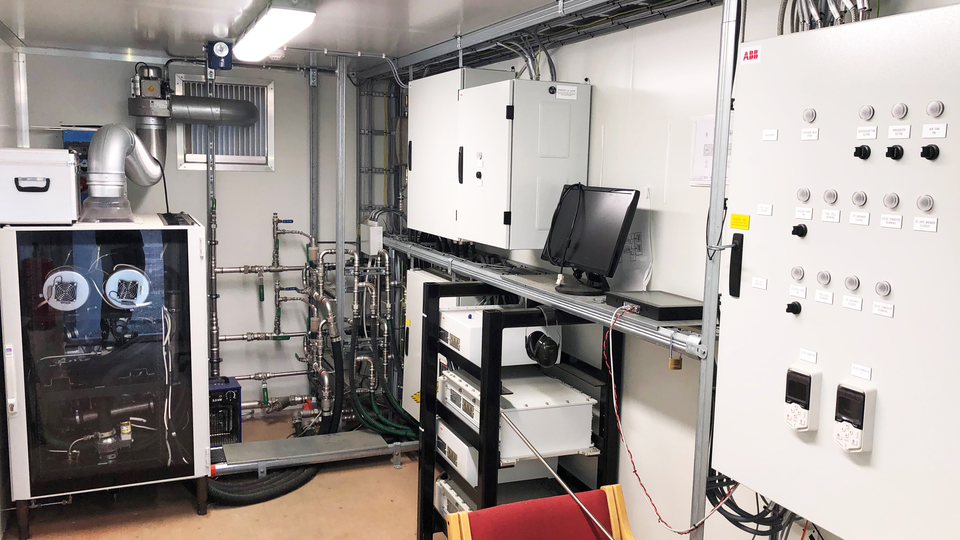
The need for fuel change in the shipping sector
Shipping needs to reduce its greenhouse gas emissions significantly to meet future goals. As a complement to energy efficiency improvements, a transition to alternative fuels is needed.
There are several fuel options including e.g. biofuels, electricity, hydrogen and ammonia. Today, no clear answer is given on which fuel to choose, meaning that shipowners must choose among several alternatives. The fuel options also have different prerequisites for different shipping segments and their potential depend on the development in other sectors.
The Nordic countries aim for a carbon-neutral Nordic region. Maritime transport is one of the key remaining sectors to decarbonize and is important from a Nordic perspective due to the relatively large Nordic involvement in this industry.
Read more about the project
HOPE project summary report Pdf, 2.1 MB, öppnas i nytt fönster.
Pdf, 2.1 MB, öppnas i nytt fönster.
Press release: Nordic research analyzes fuel cells and hydrogen for shipping.
News article at the Lighthouse web: HOPE not hype Länk till annan webbplats, öppnas i nytt fönster.
Länk till annan webbplats, öppnas i nytt fönster.
Project article at the NER web with some findings: HOPE project ripples the water in maritime industry Länk till annan webbplats, öppnas i nytt fönster.
Länk till annan webbplats, öppnas i nytt fönster.
Policy brief 1: Policy brief on barriers for hydrogen in Nordic shipping ferries Pdf, 176.3 kB.
Pdf, 176.3 kB.
Propulsion technology options for alternative marine fuels in the Nordics Pdf, 3.2 MB.
Pdf, 3.2 MB.
Policy brief 2: Hydrogen HOPE for the Nordics: Shipping as a frontrunner Pdf, 302.3 kB. (part of the Nordforsk publication Fast Track to Vision 2030
Pdf, 302.3 kB. (part of the Nordforsk publication Fast Track to Vision 2030 Länk till annan webbplats, öppnas i nytt fönster.)
Länk till annan webbplats, öppnas i nytt fönster.)
Facts about the HOPE project
This Nordic research project is led by IVL Swedish Environmental Research Institute in collaboration with Sintef, the University of Iceland, Stena Rederi and Powercell Sweden.
It is funded through a collaboration between Nordic Energy Research, the Danish EUDP, Business Finland, the Swedish Transport Administration, the Norwegian Research Council and the Icelandic Research Center, as well as significant in-kind from participating companies.
The project runs from February 2021 til June 2023.
Partners
